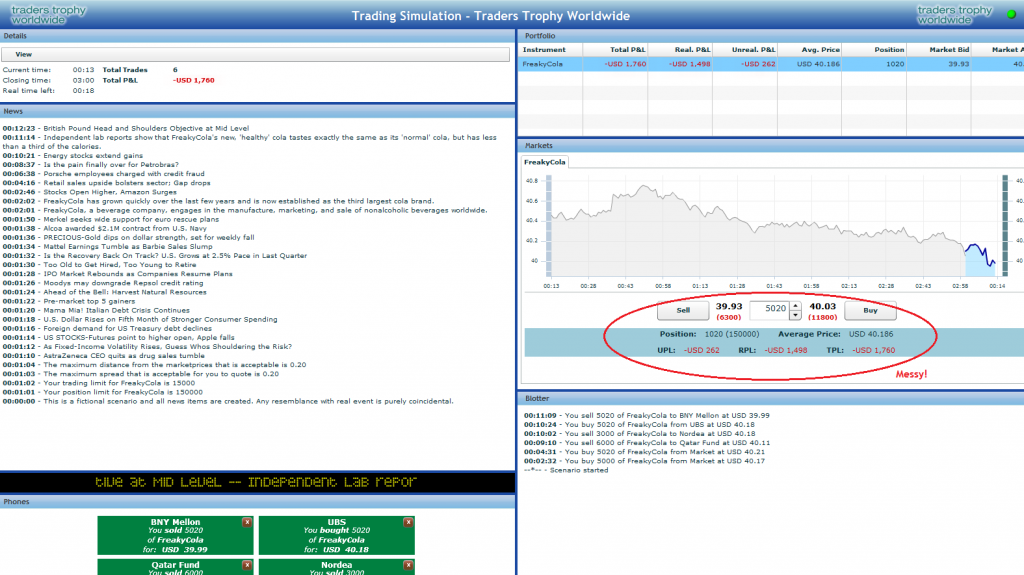Our human brain is way better interpreting visual information (images) than any other information. Evolution taught us to survive this way. Yet, still today, the most common form to deliver requirements is … text. In the old waterfall days it meant a lot of text, today using Agile slightly less text, but still, text. If we do it well we back it up with a conversation.
Let’s look at an Agile example, using the “As a..” syntax:
“As a buyer, I would like to buy a pair of shorts, so I can go running.”

